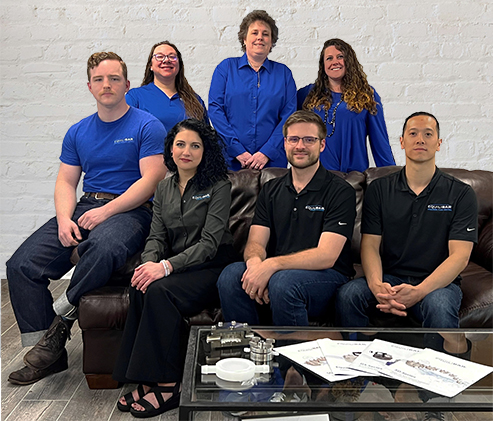Telephone: (828) 650-6590
Email: inquiry@equilibar.com
Some common questions about our back pressure regulators are answered in the troubleshooting guide below. There are also links in the navigation panel at the left leading to more support pages with information about safety, maintenance and performance of our products.
For detailed product-specific information, please visit our product downloads page
See our standard terms and conditions for information about warranty and returns.
Troubleshooting Guide for Common Issues
(Equilibar Back Pressure Regulators)
| Problem | Possible Solutions |
|---|---|
| Maximum flow is reduced | Clean out internal orifices. |
| External leak around diaphragm |
|
| Chatter on the downstream tubing (liquid applications only) | Increase outlet piping size or install air pocket or bladder in exhaust. Consult factory for further assistance. Read more here. |
| Air in Process Exhaust (liquid) | Replace diaphragm. Read more here. |
| Process fluid out of Reference Port | Replace diaphragm. Read more here. |

Equilibar team members are available to assist you with product support.
Meet our TeamFor product or process support, please email inquiry@equilibar.com
For return materials authorizations and support, please email returns@equilibar.com
To set up a new account, download our credit application
Please contact accounting@equilibar.com if you have questions about the application.


